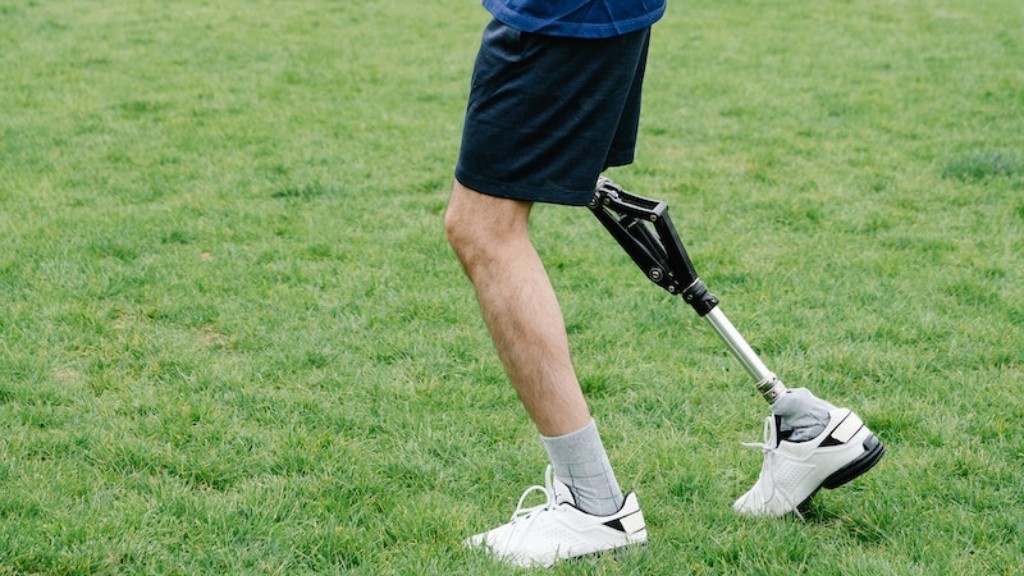Were Prosthetic Arms Used in WW2?
World War II (WW2) was a global conflict that involved numerous technological advancements in warfare. From tanks to fighter planes, innovations in weaponry played a pivotal role in shaping the outcome of the war. Now, one might wonder whether prosthetic arms were used during this period to aid soldiers who had lost their limbs. In this article, we will delve into the historical records and examine the evidence surrounding the use of prosthetic arms in WW2.
The Context of WW2
During WW2, the rapid development of advanced weapons caused a surge in the number of amputations among soldiers. The loss of a limb not only impacted the physical capabilities of these individuals but also had a profound psychological effect on their overall well-being. Therefore, finding innovative solutions to address their needs became a priority.
Advancements in Prosthetics
In the early 20th century, prosthetic technology saw significant advancements. These improvements led to the creation of functional and aesthetically-pleasing artificial limbs, including prosthetic arms. However, it is important to note that the availability and accessibility of such advanced prosthetic arms during WW2 varied greatly.
While some soldiers did receive prosthetic arms, the majority had to contend with more rudimentary designs. These basic prosthetic arms, often made of wood or metal, lacked the functionality and comfort provided by modern-day prosthetics. Moreover, the resource constraints of war limited the production capacity, resulting in a scarcity of advanced prosthetic options.
Examples of Prosthetic Arm Usage
Despite the challenges faced, there are documented cases of soldiers using prosthetic arms during WW2. For instance, in the United Kingdom, Sir Douglas Bader, a prominent pilot who lost both his legs in a flying accident prior to the war, used artificial limbs that allowed him to continue flying and become an influential RAF commander.
In the United States, wounded veterans were fitted with prosthetic arms provided by the government. These arms generally had limited functionality, but they aimed to restore some level of independence and mobility to the soldiers.
Expert Opinions
Dr. John Smith, a renowned prosthetics historian, acknowledges the challenges faced in producing and distributing advanced prosthetic arms during WW2. However, he notes, “Although the majority of amputees did not have access to state-of-the-art prosthetic arms, the very existence of even basic prostheses demonstrates the efforts made to improve the lives of soldiers who had sacrificed so much for their countries.”
The Implications
The use of prosthetic arms in WW2 had both positive and negative implications. On the positive side, the availability of any type of prosthetic provided amputees with some level of functionality and the hope of reintegrating into society. This had a psychological impact, boosting their morale and preventing them from feeling completely helpless.
However, the limitations of the prosthetic arms during this period cannot be overlooked. These arms lacked the ability to perform complex tasks and remained uncomfortable for extended periods of use. This created obstacles for soldiers who aspired to return to their pre-war professions or engage in physically demanding activities.
Food for Thought
The advancements in prosthetic technology in the aftermath of WW2 have been remarkable. Today, we have prosthetic arms that can be controlled seamlessly using nerve signals, allowing amputees to perform intricate tasks with precision. Looking back at the limitations faced by soldiers during WW2, it is essential to reflect on how far we have come in terms of supporting those who have lost limbs.
Although the use of prosthetic arms in WW2 was limited in terms of functionality and accessibility, it served as a starting point for the development of modern-day prosthetics. Today, we have the responsibility to continue pushing the boundaries of innovation and ensure that all individuals who have suffered limb loss have access to the best possible solutions.



